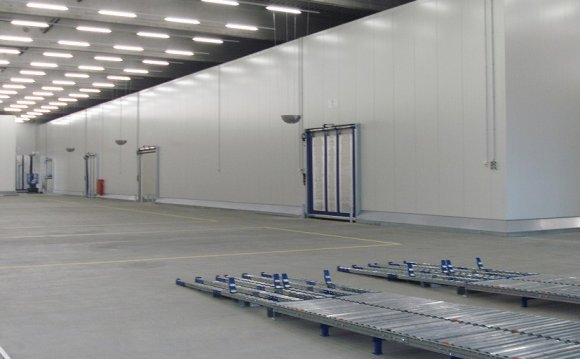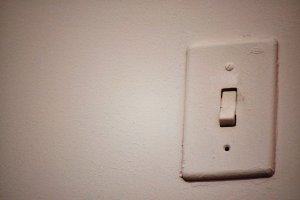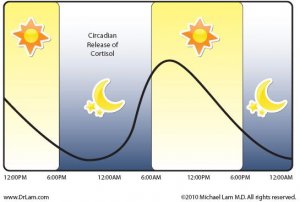
 Recently I sat down with, one of the smartest people I’ve come across here in Silicon Valley. Clearly his brainpower exceeds mine by far and Brendan started explaining about a few things that I somehow always deemed true, but could never quite back up with great arguments or put my finger on:
Recently I sat down with, one of the smartest people I’ve come across here in Silicon Valley. Clearly his brainpower exceeds mine by far and Brendan started explaining about a few things that I somehow always deemed true, but could never quite back up with great arguments or put my finger on:
“Your environment has a huge impact on how productive you are. That means the temperature in your room, the colour of your walls and the noise happening around you. There are lots of great academic papers on this, I’ll send them to you.”
Right then, after chatting with Brendan, we went away to make a lot of changes in the Buffer office. We rearranged furniture, bought new lights, heaters and more. I knew that the insights would lead to me making a lot of changes to my environment.
Turning this all into a blogpost with the most interesting aspects seemed only natural to me. So without further ado, here are the insights on how we can adjust our environment for better lighting and temperature to be more productive:
 Natural lighting vs. artificial lighting: How our bodies and brains react differently
Natural lighting vs. artificial lighting: How our bodies and brains react differently
One of the most striking discoveries I’ve recently had was the difference between daylight and artificial light. Of course, I could only talk about this from my own experience without having any research to back it up.
So in an incredibly interesting recent study, scientist Mirjam Muench tried to find out about exactly that. They compared two groups of people, one being exposed to daylight, the other to artificial light over the course of several work days. Here is the outcome:
“Compared to the afternoon, people who had DL (Daylight) were significantly more alert at the beginning of the evening, and subjects who were exposed to AL (Artificial light) were significantly sleepier at the end of the evening.”
On top of “sleepiness”, which most of us could probably deal with is the fact that our cortisol levels drop significantly under artificial or poor lighting conditions. That means that we’ll be more stressed, and have less ability to stabilize our energy levels. Here is how a normal cortisol level flow should look like:
So, being exposed to dim light as well as too much artificial light makes both sleepy and also more stressed in the long run. I believe that’s one of the most powerful things to remember. Similar to the science about sleep, paying attention to these rhythms can transform your productivity for the better, not just give you a slight advantage.
Why are cold working environments so harmful for our productivity?
The last thing anyone thinks of when trying to get more done every day is to turn up your thermostat. And yet, that might just be the answer. If I think back, being in a cold environment is definitely one of the memories I remember myself the least productive.









